Industrial buyers are increasingly adopting online platforms for procurement, either buying directly from manufacturers or online marketplaces. According to research from UPS into B2B commerce in Asia, almost 30 percent of industrial purchases are now made on e-commerce platforms. With digital platforms being an inseparable part of our daily lives, including business purchasing, is there still a role for human interaction in the buying process? Here are the three things Malaysian businesses need to know from UPS’s research.
By Lim Tze Hsien, Managing Director of UPS Malaysia and Singapore
“Understanding your customer” is one of the fundamental tenets of good business, and fortunately for business to consumer (B2C) companies, there is a wealth of information out there in the form of consumer reports and studies that delve into the minds of shoppers. But what about business to business (B2B) sellers? B2B trade is an important foundation in Malaysia’s economy, arguably more so than B2C – in 2018, Malaysian B2B e-commerce transactions registered at RM213.1 billion, 22 times more than B2C transactions at RM9.5 billion[1].
The B2B buying process is markedly different from B2C, involving multiple layers and decision makers. It is partly because of these market complexities and the need to plug the knowledge gap for businesses to better understand the B2B market that we commissioned the UPS Industrial Buying Dynamics Study.
The study draws insights from nearly 3,000 industrial purchasers globally, including 600 from Asia Pacific’s big three: China, Japan and Thailand. These markets represent differing sides of Asia’s industrial makeup, but they are some of Malaysia’s most important trade links, making up three of Malaysia’s top five major trading partners in 2018.
The report found that Asia’s B2B buyers in these markets are different, in many ways, from their counterparts in Europe and America—particularly in their response to megatrends like technology adoption and globalisation.
The big takeaway, however, was this: there is a fundamental emphasis in Asia on the continued reliance on human interactions in a world where e-commerce is increasing, automation is more integrated in industrial processes, and AI is shaking up the workforce. In order for businesses to attract and retain customers from key Asian economies, understanding this balance between technological progress in this era of growing digitalisation and the more traditional elements of customer service is vital.
- Online purchasing goes hand in hand with expectations of personal relationships and interactions
It is tempting to view the rise of e-commerce as a sign that person-to-person interactions are no longer preferred when it comes to trade. After all, initial findings from our study indicate that online purchase methods like marketplaces and direct-from-manufacturer sales have stolen as much as an eight percent market share, in the case of Japan, from traditional vendors like distributors. Don’t go reaching for that mouse too fast – while respondents in Asia indicated that they intend to make more industrial purchases online in the next five years, they were also more likely to emphasis the importance of interpersonal relationships that their counterparts in the US and Europe—in particular, establishing a supplier-buyer connection prior to making a purchase online. Asian buyers are also more likely to want to speak over the phone with their suppliers than their counterparts in other regions.
What this means for Malaysian suppliers, is that as they are building their online presence, they also need to ensure that the “human side” of their business is not diminished.
A well-integrated approach to e-commerce can be key in winning over customers—for instance, in China, 22 percent of the survey respondents said they would be likely to shift to a different supplier with a website that delivers a consistent experience on a smartphone, tablet, and desktop. At the same time, however, having a well-resourced sales team is vital, and where possible, they should be plugged into the e-commerce process, such as having live chat options at various touch points during online sales and encouraging follow-up calls with online buyers.
- Human interaction is still valued—even expected—after the sale is made
Industrial buyers in the Asian markets surveyed place greater emphasis on post-sales support, more so than those in other regions.
This includes services such as general returns, pick-up services for difficult-to-ship products, and the provision of ready-made packaging and shipping materials for returns. Particularly noteworthy is the importance placed on on-site maintenance and repair in the region, especially from Chinese and Japanese buyers, something which is likely the result of Asia’s position as a manufacturing powerhouse.
For example, if a piece of machinery you use on your production line breaks down, the ability to have it back up and running quickly can mean the difference between a minor blip if quickly remedied by post-sales servicing, versus a major disruption to revenue and worse still, irreparable damage to customer relationships when replacement parts need to be ordered online and shipped.
This again highlights the importance that Asian buyers place in ensuring human input at all points along the sales process; the process does not simply end once the product has been delivered to the buyer.
- Most sourcing is still domestic—but international purchasing can be encouraged by understanding buyers’ concerns
While buyers in most markets are open to sourcing from international sellers (except for Japan, where 90 percent of B2B purchases are made domestically), the majority of purchasing still occurs within borders.
There are clear reasons for this, and these offer a roadmap for businesses that want to make more international sales. Our study found that buyers have various anxieties about purchasing from suppliers overseas, including longer transit times, customs delays, issues with returns, lack of shipment visibility, variety in quality, and issues with payment methods.
Shipping factors make up the bulk of the concerns about international purchasing—and yet these are all issues which can be easily solved by an experienced logistics partner that can offer reduced transit times (often with regional delivery times that are just as quick as domestic delivery), real-time tracking and visibility services, and streamlined customs processes. It is no silver bullet to attracting international clients, but by making these changes to their approach to shipping, Malaysian companies can increase the likelihood that these buyers will seriously consider their offerings.
The human side of B2B
Reports of the death of human interactions as a result of technological revolutions may have been greatly exaggerated; even in a field as complex as industrial supply, this just simply isn’t the case. In fact, it may well be because B2B transactions are complicated that buyers seek the nuanced communications and reassurances that can really only come from working with another human being. A country like Malaysia that is already well versed in the exporting of industrial products has potential to make even more headway by implementing relatively minor adjustments to balance the convenience and innovation of advanced technologies with highly valued human touch points.
Software, no matter how smart, is hard pressed to replace the impact and rapport of interpersonal relations. So while business owners continue to adopt technology that improve the purchase process and overall customer journey, bear in mind the often overlooked impact of the human touch.
Making relatively minor adjustments along these three areas above might be the key to attracting customers, and retaining them for the long haul—no matter where technology takes us in the next few years.
[1] Department of Statistics Malaysia


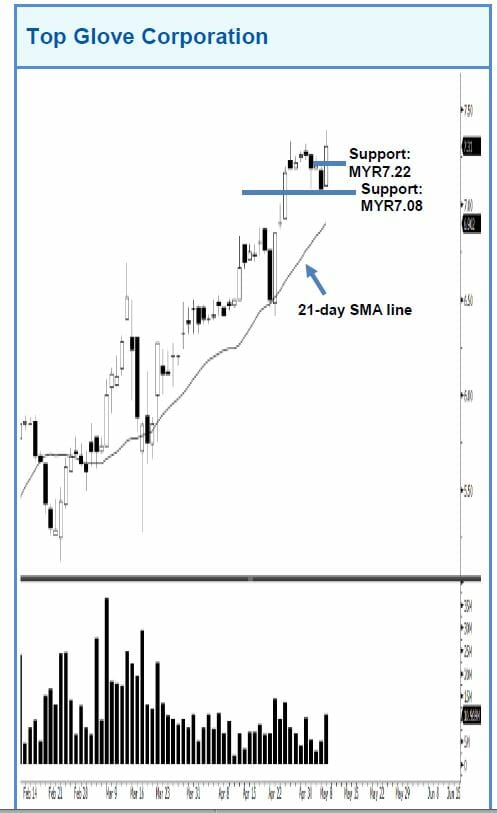

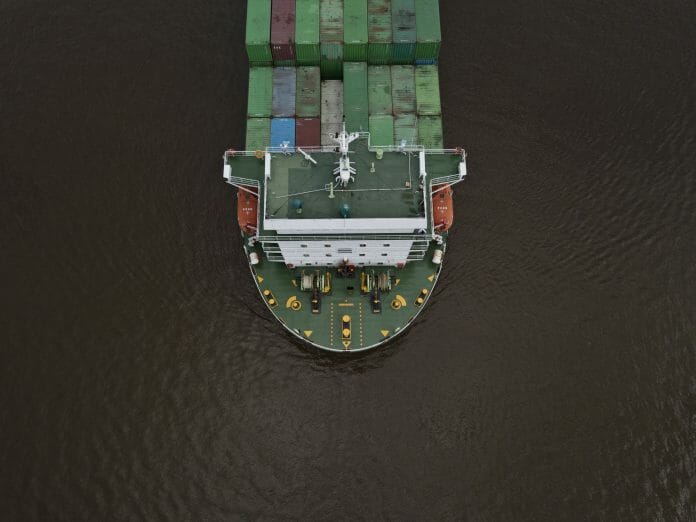


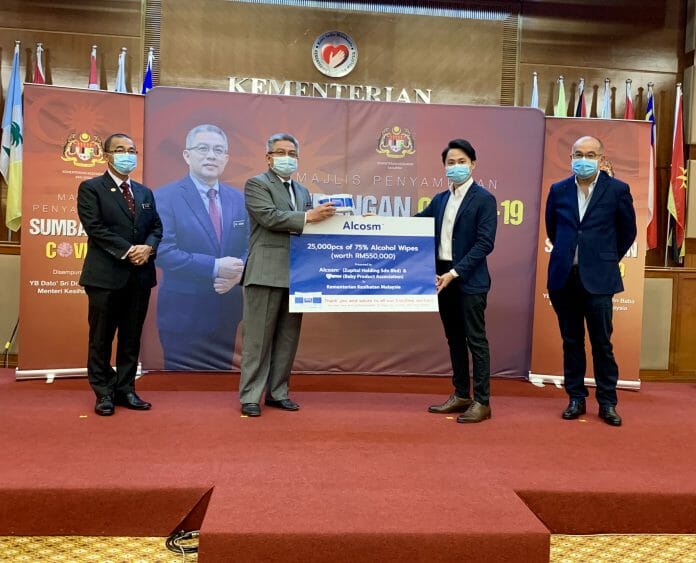


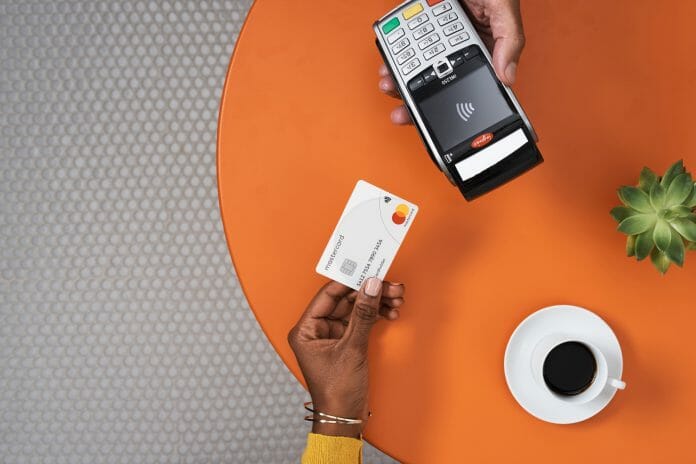

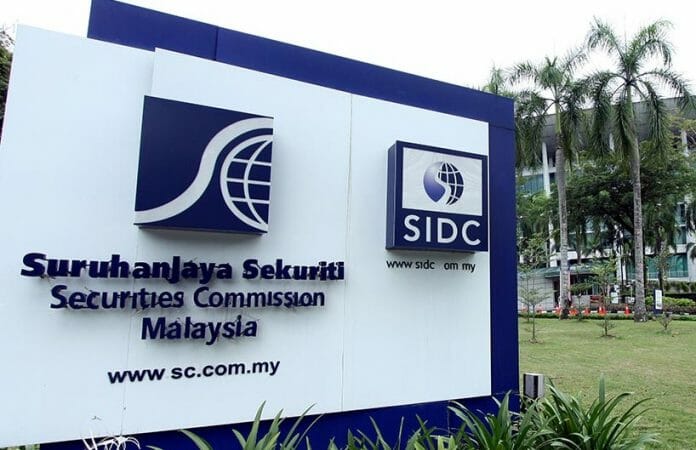
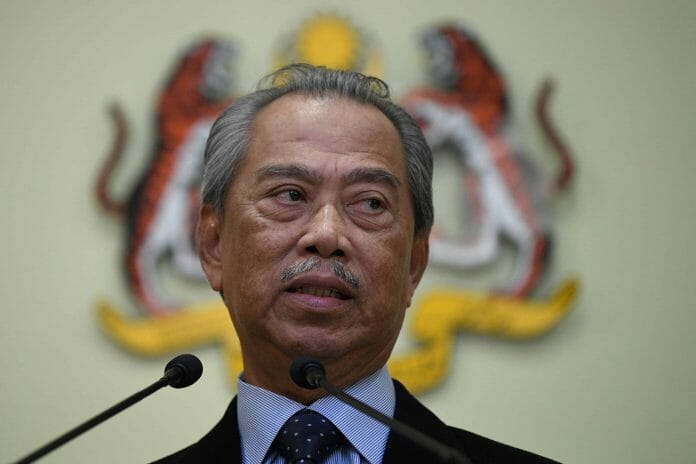
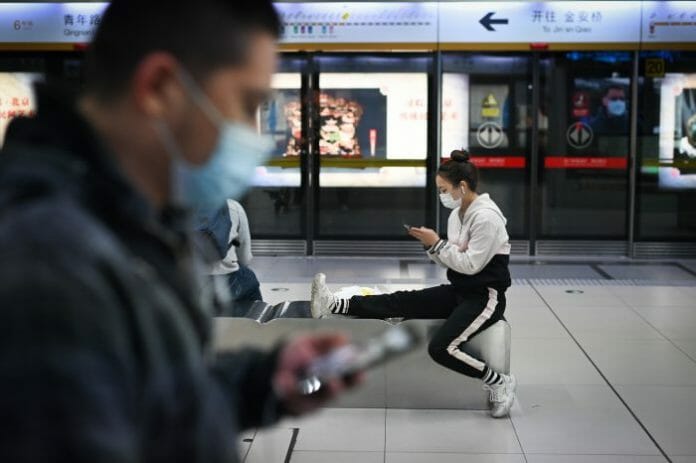





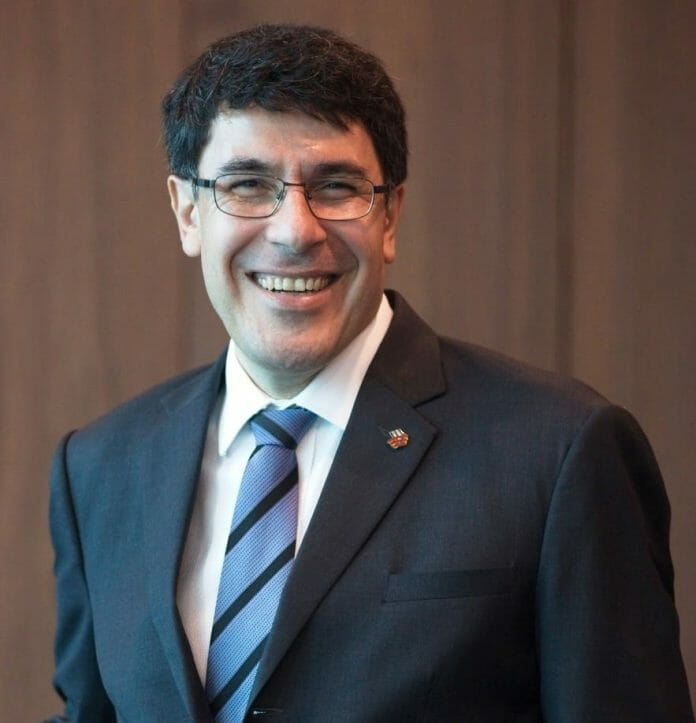

E-commerce and industrial buying in Asia: Digital deliverance or dilemma?
Industrial buyers are increasingly adopting online platforms for procurement, either buying directly from manufacturers or online marketplaces. According to research from UPS into B2B commerce in Asia, almost 30 percent of industrial purchases are now made on e-commerce platforms. With digital platforms being an inseparable part of our daily lives, including business purchasing, is there still a role for human interaction in the buying process? Here are the three things Malaysian businesses need to know from UPS’s research.
By Lim Tze Hsien, Managing Director of UPS Malaysia and Singapore
“Understanding your customer” is one of the fundamental tenets of good business, and fortunately for business to consumer (B2C) companies, there is a wealth of information out there in the form of consumer reports and studies that delve into the minds of shoppers. But what about business to business (B2B) sellers? B2B trade is an important foundation in Malaysia’s economy, arguably more so than B2C – in 2018, Malaysian B2B e-commerce transactions registered at RM213.1 billion, 22 times more than B2C transactions at RM9.5 billion[1].
The B2B buying process is markedly different from B2C, involving multiple layers and decision makers. It is partly because of these market complexities and the need to plug the knowledge gap for businesses to better understand the B2B market that we commissioned the UPS Industrial Buying Dynamics Study.
The study draws insights from nearly 3,000 industrial purchasers globally, including 600 from Asia Pacific’s big three: China, Japan and Thailand. These markets represent differing sides of Asia’s industrial makeup, but they are some of Malaysia’s most important trade links, making up three of Malaysia’s top five major trading partners in 2018.
The report found that Asia’s B2B buyers in these markets are different, in many ways, from their counterparts in Europe and America—particularly in their response to megatrends like technology adoption and globalisation.
The big takeaway, however, was this: there is a fundamental emphasis in Asia on the continued reliance on human interactions in a world where e-commerce is increasing, automation is more integrated in industrial processes, and AI is shaking up the workforce. In order for businesses to attract and retain customers from key Asian economies, understanding this balance between technological progress in this era of growing digitalisation and the more traditional elements of customer service is vital.
It is tempting to view the rise of e-commerce as a sign that person-to-person interactions are no longer preferred when it comes to trade. After all, initial findings from our study indicate that online purchase methods like marketplaces and direct-from-manufacturer sales have stolen as much as an eight percent market share, in the case of Japan, from traditional vendors like distributors. Don’t go reaching for that mouse too fast – while respondents in Asia indicated that they intend to make more industrial purchases online in the next five years, they were also more likely to emphasis the importance of interpersonal relationships that their counterparts in the US and Europe—in particular, establishing a supplier-buyer connection prior to making a purchase online. Asian buyers are also more likely to want to speak over the phone with their suppliers than their counterparts in other regions.
What this means for Malaysian suppliers, is that as they are building their online presence, they also need to ensure that the “human side” of their business is not diminished.
A well-integrated approach to e-commerce can be key in winning over customers—for instance, in China, 22 percent of the survey respondents said they would be likely to shift to a different supplier with a website that delivers a consistent experience on a smartphone, tablet, and desktop. At the same time, however, having a well-resourced sales team is vital, and where possible, they should be plugged into the e-commerce process, such as having live chat options at various touch points during online sales and encouraging follow-up calls with online buyers.
Industrial buyers in the Asian markets surveyed place greater emphasis on post-sales support, more so than those in other regions.
This includes services such as general returns, pick-up services for difficult-to-ship products, and the provision of ready-made packaging and shipping materials for returns. Particularly noteworthy is the importance placed on on-site maintenance and repair in the region, especially from Chinese and Japanese buyers, something which is likely the result of Asia’s position as a manufacturing powerhouse.
For example, if a piece of machinery you use on your production line breaks down, the ability to have it back up and running quickly can mean the difference between a minor blip if quickly remedied by post-sales servicing, versus a major disruption to revenue and worse still, irreparable damage to customer relationships when replacement parts need to be ordered online and shipped.
This again highlights the importance that Asian buyers place in ensuring human input at all points along the sales process; the process does not simply end once the product has been delivered to the buyer.
While buyers in most markets are open to sourcing from international sellers (except for Japan, where 90 percent of B2B purchases are made domestically), the majority of purchasing still occurs within borders.
There are clear reasons for this, and these offer a roadmap for businesses that want to make more international sales. Our study found that buyers have various anxieties about purchasing from suppliers overseas, including longer transit times, customs delays, issues with returns, lack of shipment visibility, variety in quality, and issues with payment methods.
Shipping factors make up the bulk of the concerns about international purchasing—and yet these are all issues which can be easily solved by an experienced logistics partner that can offer reduced transit times (often with regional delivery times that are just as quick as domestic delivery), real-time tracking and visibility services, and streamlined customs processes. It is no silver bullet to attracting international clients, but by making these changes to their approach to shipping, Malaysian companies can increase the likelihood that these buyers will seriously consider their offerings.
The human side of B2B
Reports of the death of human interactions as a result of technological revolutions may have been greatly exaggerated; even in a field as complex as industrial supply, this just simply isn’t the case. In fact, it may well be because B2B transactions are complicated that buyers seek the nuanced communications and reassurances that can really only come from working with another human being. A country like Malaysia that is already well versed in the exporting of industrial products has potential to make even more headway by implementing relatively minor adjustments to balance the convenience and innovation of advanced technologies with highly valued human touch points.
Software, no matter how smart, is hard pressed to replace the impact and rapport of interpersonal relations. So while business owners continue to adopt technology that improve the purchase process and overall customer journey, bear in mind the often overlooked impact of the human touch.
Making relatively minor adjustments along these three areas above might be the key to attracting customers, and retaining them for the long haul—no matter where technology takes us in the next few years.
[1] Department of Statistics Malaysia